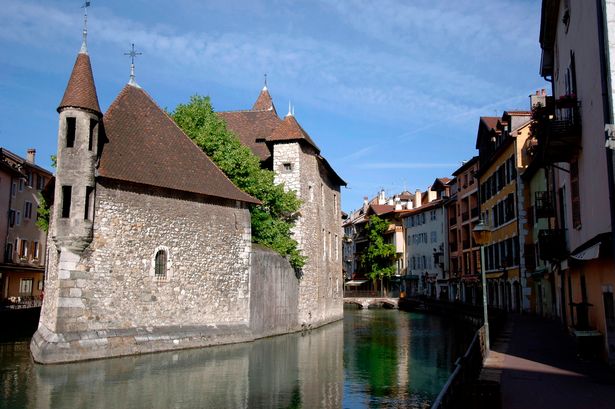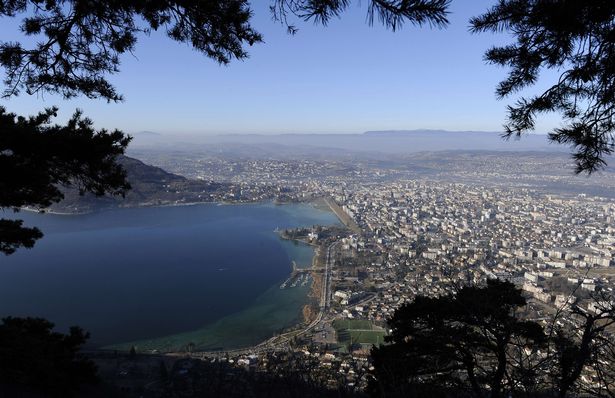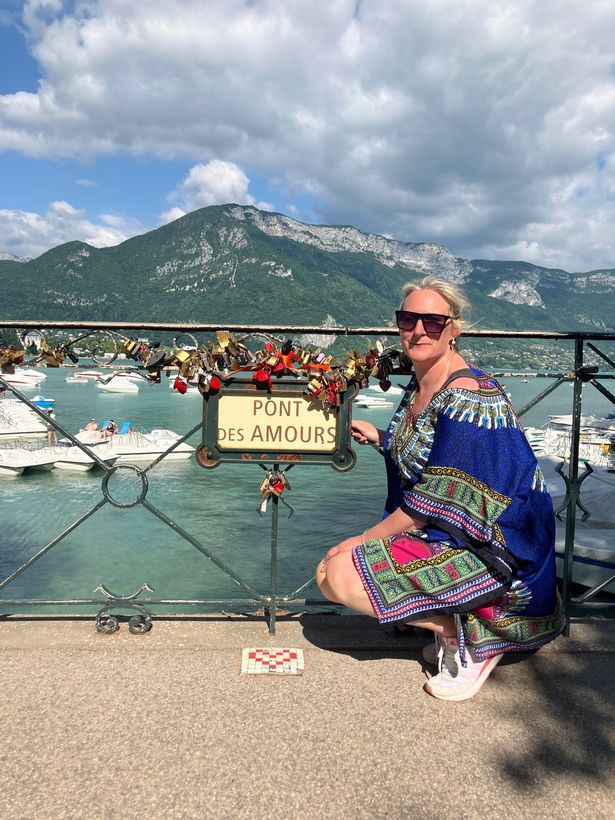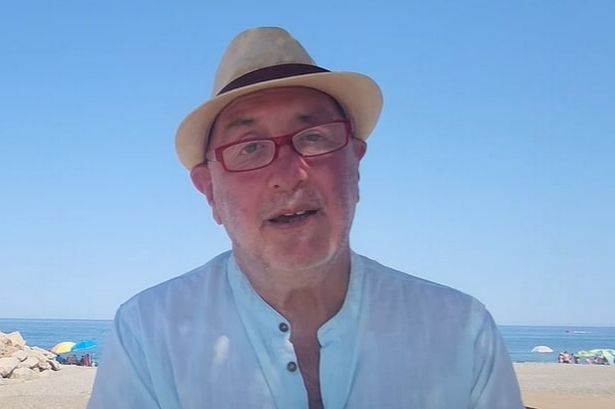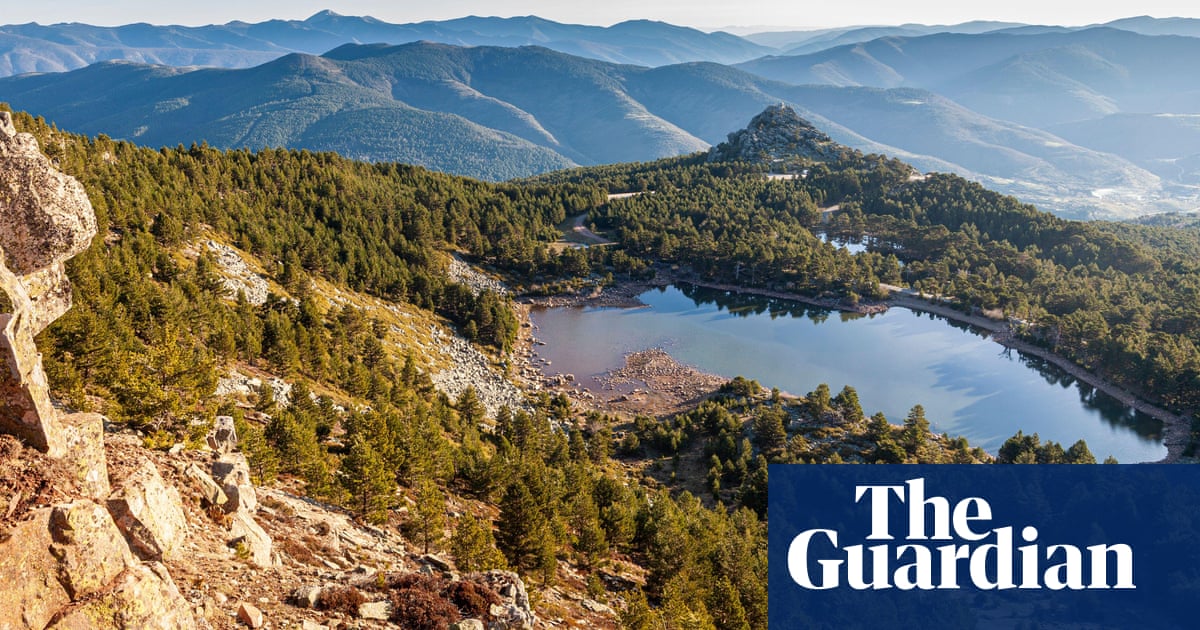This Alpine gem of Annecy has become increasingly popular with Brits over the last few years, coming to ski in winter, have fun on the lake, and soak up its European elegance and history in the warmer months
It’s been dubbed ‘the Venice of the Alps’ and is home to Europe’s cleanest freshwater lake. And the French town of Annecy definitely lives up to the hype.
This Alpine gem has become increasingly popular with Brits over the last few years, coming to ski in winter, have fun on the lake, and soak up its European elegance and history in the warmer months.
It’s easy to see why it’s such a hit. With its charming medieval old town, amazing food culture (it’s home to eight Michelin-starred restaurants), brilliant sports facilities, and great transport links (Geneva Airport is 40–60 minutes away, Lyon just over an hour), Annecy really does have it all.
Here’s our guide to 24 hours in and around the famous lake.
READ MORE: ‘This mad holiday activity combines near-death experiences with cheese and wine’READ MORE: Breathtaking French city that’s a dupe for Venice but without all the crowds
Try your hand at water sports
Lake Annecy really is the jewel in the crown of this gorgeous region. Framed by snow-frosted mountains and with sparkling aquamarine waters and accessible beaches, it’s a magnet for visitors and locals alike. Officially the cleanest lake in Europe, it’s large enough to accommodate lots of people without ever seeming crowded, and there are lots of water sports centres dotted around its edges.
We went to Doussard, a quieter corner of the lake, to try our hand at kayaking (safe and fun) and paddleboarding (also fun but harder than it looks). Parasailing and swimming – the water was a balmy 18 degrees when I visited – are other great options, and cyclists are well-catered for here, so hiring a bike and hitting some of the 40km of lakeside trails is a great way to enjoy the seemingly endless views. There are coffee huts providing refreshment stops along the trails – very civilised!
Chill like a local with a picnic in the lakeside park
Annecy is packed with great places to eat, but if you’re on a budget, a park picnic is a fab way to live like a local and soak up some rays. Residents flock to Les Marquisats, the beach closest to the old town, after work, so grab a bottle of rosé and join the party.
Saint Jorioz is another well-equipped option. With lots of shaded areas, a diving board, volleyball and pétanque courts, it’s perfect for families. It gets busy here in high summer, so head there early to avoid the crowds. There are plenty of beaches to choose from, so you won’t feel shortchanged.
Say Je T’Aime at the Pont des Amours
So it’s not an altogether original idea, but it is a cute one – and who can resist a romantic iron bridge, especially when it comes with killer views? The Pont des Amours has become a spot where lovers add their lock and these days, snap some Insta-perfect shots.
It’s a great spot for lake-gazing too. Legend has it that if you’re single, you’ll fall in love with the first person you see as you cross. You’ve been warned…
Embrace your inner foodie with artisan eats and Michelin-starred dining
The food is amazing here – with a strong emphasis on Alpine cuisine and cheese. But alongside traditional favourites like reblochon cheese (the best I’ve ever tasted), gratin, raclette, and croziflette, there are plenty of contemporary menus to choose from, and a new gourmet hall opens later this year.
If you’re feeling spenny, check out some of the town’s Michelin-starred establishments. For classic Annecy fare, Le Freti offers huge main dishes for less than 20 Euros, while La Cuillère à Omble is unbeatable for fresh seafood, veggie delights, and stunning lakeside vistas.
I tried local aperitif Génépi too. Made from a sage-like herb and 40% proof, it’s not for the faint-hearted but tasted fresh and sweet.
Sample the ice cream
This town loves its ice cream – and at last count, there were at least ten parlours to choose from. Most of the best places are in the old town; head to Rue Sainte-Claire, where Le Palais des Glaces, Chez Poustache, Glacier Perrière, or Glacier des Alpes all come highly recommended.
Or you can take your pick or buy from one of the many street vendors – lots of these have been plying their trade for generations. Top tip – keep an eye out for ice cream that looks too bright in colour; it’s probably had lots of artificial dyes added. Opt for paler versions to enjoy higher quality, artisan scoops.
Take to the boats
There are boats galore here, so it’s worth trying out at least one during your stay. Channel your inner James Bond or dial up the romance with a luxurious wooden gondola, charter a sailing boat, or just hire a pedalo for an hour.
To see the lake up close and find out more about the people who live and work on its shores, a guided boat ride is a must. Crossing the aquamarine water on a sunny day is an experience I’ll never forget – views to die for and lots of opportunities for bagging great souvenir photos.
The Compagnie des Bateaux d’Annecy offers an hour round trip for under 20 Euros – or upgrade to a restaurant experience for Euros 69.
Discover medieval and modern
Take a guided tour of Vieille Ville – the old town – and find out more about how the town was formed, its resistance role in World War II, and how modern residents live today.
If you’re on foot, head up one of the pretty, steep cobbled streets for a breathtaking 360° view of the town and lake and enjoy spotting the many carved trout figures added to churches and older buildings – a symbol of civic pride.
Convertible bus tours offer a more laid-back way to see the sights in style.
Book it
OVO Network offers seven nights at Chalet Bleu Infini in La Clusaz, in the Annecy Mountains region.
